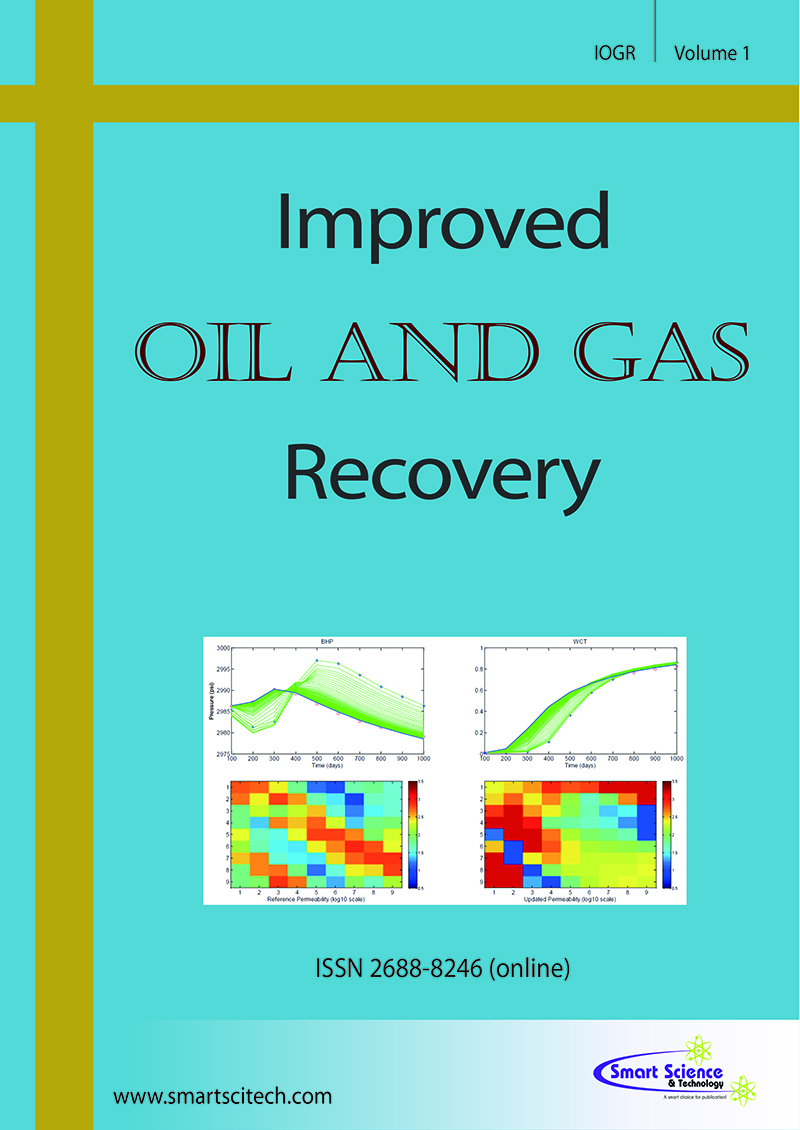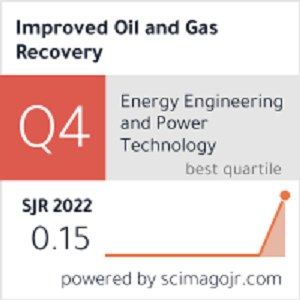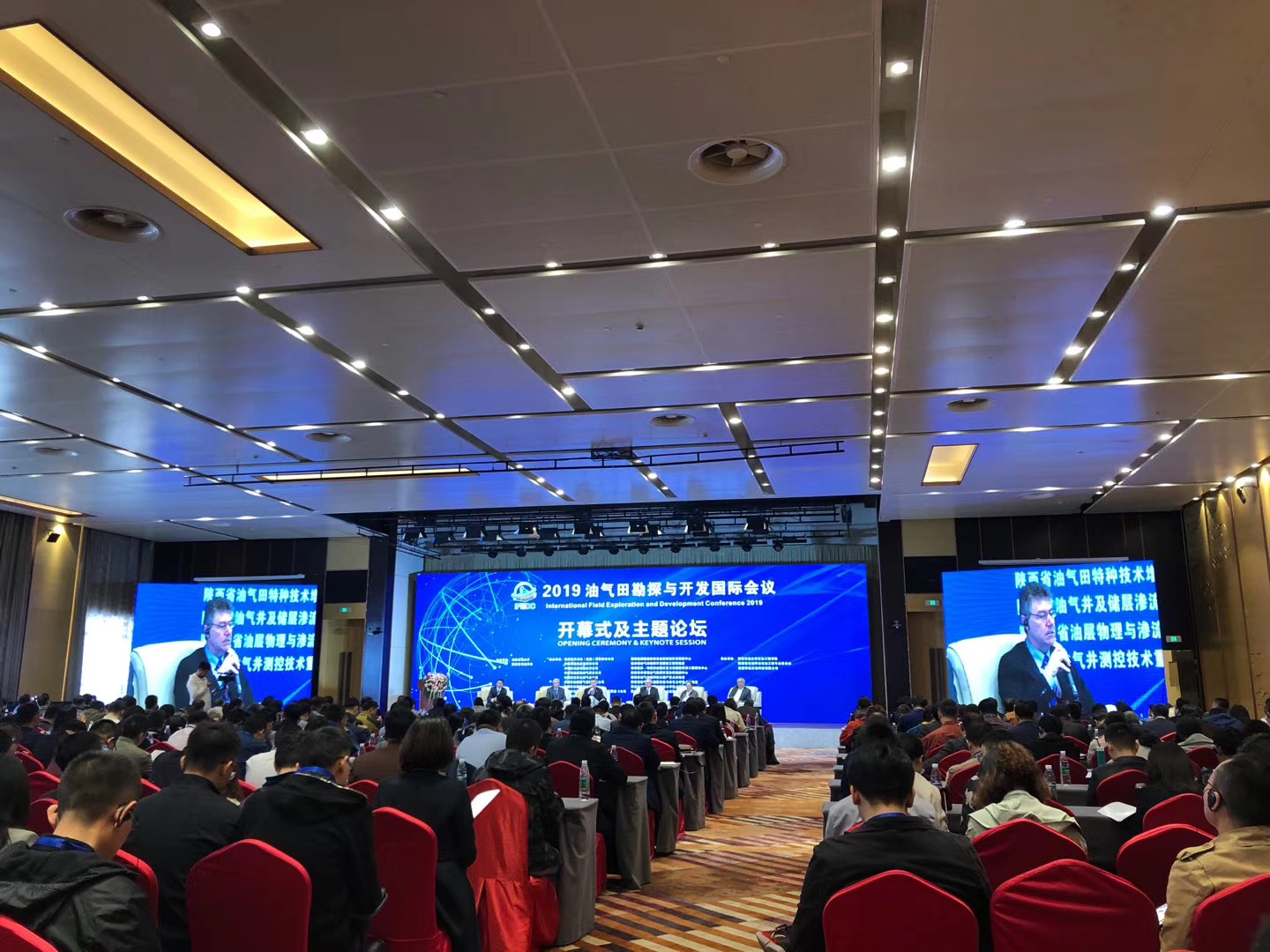Experimental Study on Gas Injection for Ultra Deep and High-pressure Fractured-vuggy Carbonate Oil Reservoirs
DOI: 10.14800/IOGR.1250
Abstract
In the development of ultra-deep fractured-vuggy carbonate reservoirs, normally only few wells were drilled and hydraulically fractured to create channels connecting the large vugs. Production decline at early stages due to rapid pressure decline appears to be the main problem, and water and gas injection via huff and puff mode can be applied to maintain oil production. For the targeted reservoir (6000-7500 meter depth) in the Northwest China, nitrogen injection has shown good IOR (improved oil recovery) response. In current study, injection of CO2 and methane rich natural gas with different injection-production modes was studied in the laboratory. The laboratory techniques are using a specially designed experimental set-up with multiple cavities connected by small channels to simulate the fractured-vuggy carbonate reservoir. The physical model was designed based on the characteristics of the fractured-vuggy carbonate reservoir and similarity theory, to investigate the influencing factors and the mechanisms of oil recovery of gas injection. Gas huff and puff experiments were conducted using three different injection-production modes, including vertical model with injection well at top and production well at the bottom, vertical model with injection and production wells at the bottom, and horizontal model with injection and production wells at the same end, under pressure up to 65 MPa. The minimum miscible pressure (MMP) of CO2 and natural gas with the crude oil studied were measured through a slime-tube displacement testing. The effects of gravity stabilization and miscibility on oil production were analyzed. The experimental results show that the MMP of CO2 with the targeted oil is 30.1 MPa, and over 47.6 MPa of that for the methane-rich natural gas, and the IOR performance of the methane-rich natural gas is better than that of CO2 at ultra-high pressure conditions. It indicates that the action of gravity stabilized oil displacement can be the most important mechanism in the development of high pressure fractured-vuggy reservoirs for gas injection, overshadowing the miscibility effect of CO2 for high pressure applications. The results of the study can provide important guidelines for designing gas injection processes in ultra-high pressure fractured-vuggy carbonate reservoirs.
Downloads
Published
How to Cite
Issue
Section
License
Copyright (c) 2023 The Author(s)

This work is licensed under a Creative Commons Attribution 4.0 International License.












